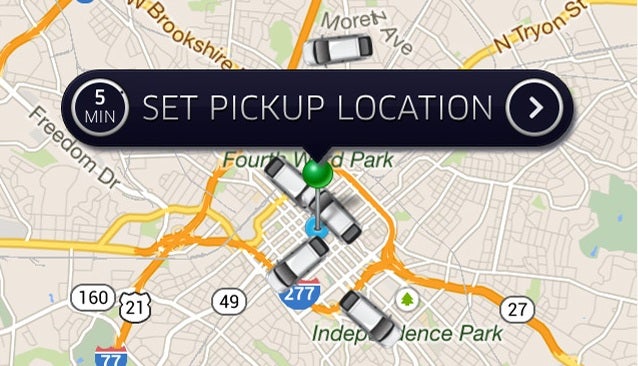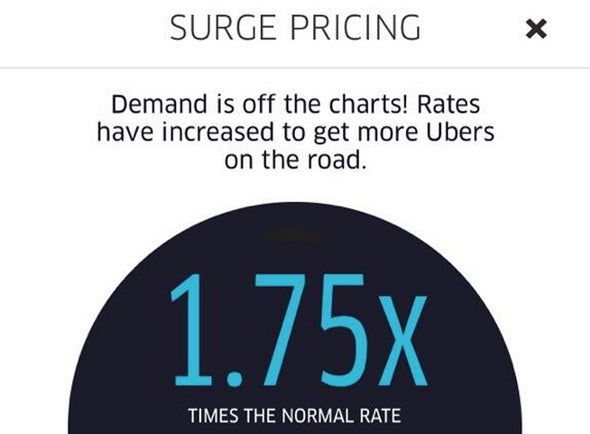Uber's real-time nearby cars map is fake, data experts claim
The map is allegedly just a 'mirage'

Your support helps us to tell the story
From reproductive rights to climate change to Big Tech, The Independent is on the ground when the story is developing. Whether it's investigating the financials of Elon Musk's pro-Trump PAC or producing our latest documentary, 'The A Word', which shines a light on the American women fighting for reproductive rights, we know how important it is to parse out the facts from the messaging.
At such a critical moment in US history, we need reporters on the ground. Your donation allows us to keep sending journalists to speak to both sides of the story.
The Independent is trusted by Americans across the entire political spectrum. And unlike many other quality news outlets, we choose not to lock Americans out of our reporting and analysis with paywalls. We believe quality journalism should be available to everyone, paid for by those who can afford it.
Your support makes all the difference.Comforting isn't it, when you open Uber and see that there's a plethora of little cars circling the streets nearby, at your disposal at a moment's notice?
The in-app map may not be all it purports to be however, with New York think tank Data & Society set to publish findings exposing its falsity.
"The presence of those virtual cars on the passenger's screen does not necessarily reflect an accurate number of drivers who are physically present or their precise locations," two employees of the think tank wrote in Slate.

"Instead, these phantom cars are part of a 'visual effect' that Uber uses to emphasise the proximity of drivers to passengers. Not surprisingly, the visual effect shows cars nearby, even when they might not actually exist."
It seems the map is designed to give the illusion of the proximity of cabs, and would explain why the one that is eventually dispatched to you often comes from a different part of the map.
Analysts Alex Rosenblat and Luke Stark go on to pick apart the app's surge pricing in the article.
"According to its patents, Uber generates surge based on the projected demand of riders at some point in the future," they write. "The suppliers get to see only what a system expects the state of the market to be, and not the market itself [real-time analysis].
The authors conclude that in many ways Uber amounts to a "mirage".
Update: Uber denies the claims - "This is simply not true," a spokesperson said. "In the UK the cars you see in the app are the cars on the road."
Join our commenting forum
Join thought-provoking conversations, follow other Independent readers and see their replies
0Comments